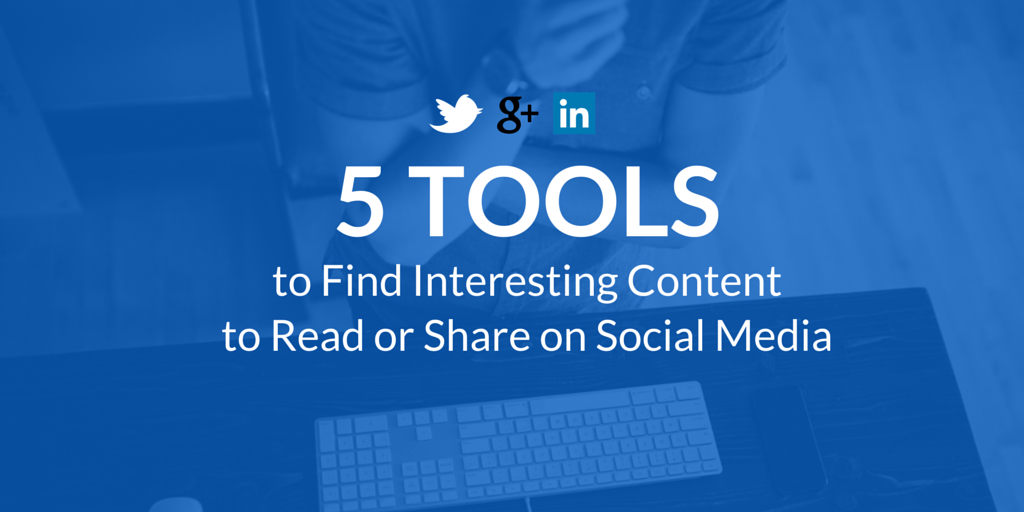Twitter Strategies for Subject Matter Experts
For the past six years, Twitter has grown from a fringe messaging service used by the most hardcore of Internet aficionados, to a way of life for entrepreneurs, celebrities, students, journalists and everyday people. With such a wide cross section of users and uses, it’s no wonder Twitter has the lowest signal-to-noise ratio of any social media service. Some users, such as celebrities or other public figures, find it very easy to instantly grab the attention of several thousand people with a simple 140-character thought. For a typical subject matter expert who does not have such cache, things may be a bit more challenging at first. Here are a few essential tips for raising your voice up above the din and getting noticed as a thought leader in your field.
Create Original Content
In any social media, quality, original content is king, and the overall goal is to get people talking about it and validating it in the form of likes, Diggs, Klout, shares, inbound links, or in the case of Twitter, retweets. Retweets are the most important currency for raising your credibility. Always keep an eye out for things to tweet about. Are you meeting or having drinks with any important people? Are you attending an interesting seminar? Did you have an epiphany while sitting in traffic on the way home? There are always thoughts, events and trivia to share, you need only get in the mindset of seeing things as potential tweets.
Keep Your Content Focused
That is not to say you should bet tweeting everything you do or every thought that comes to your head. If you are attempting to be a subject matter expert, you need to live, breathe, and sleep within your area of expertise. While it is tempting to talk about the television show you are watching or the restaurant you are hanging out at, you should avoid such topics unless you can somehow re-apply them around your particular topic. For example, if your focus is on social media marketing, and you have been enjoying a particular sitcom, you might Tweet humorously about how a better content strategy would have prevent the dilemma faced in the current episode you are watching. If you are a food critic and the characters in the show are eating, you might suggest a particular side dish or wine that would complement their meal.
Speak Outside Your Audience
By crossing over into other topics as in the previous example, you are able to easily broaden your audience appeal without sacrificing your focus. When attempting to speak outside your audience, use #hashtags and other distinct keywords as a means to link your content to the topic at hand. Interested parties will often follow these tags or perform searches on specific keywords to see what people outside the ones they following are saying about a subject. You should also consider revisiting audiences. In the previous example, if you tweeted about a television show one week, you should consider possibly posting a couple of tweets about it the next week as well. Consistency will breed familiarity, and that familiarity can easily lead to new followers.
@Replies
Avoid @Replies when possible. Replying directly to users is fine when you are thanking them, acknowledging them, or answering a question or point they may have raised. Repeated replies, however, imply conversation. Unfortunately these conversations, while interesting to the parties involved, generally exclude external users, unless they know and are following all of the parties involved. It’s best to direct such discussions to more-permanent forums such as message boards or online conversations.
Retweeting
This is a controversial topic. Many users, such as journalists and social users, live by retweeting. It is a commonly-held belief, however, that subject matter experts should be above this, as it merely promotes other people’s content. The key to retweeting is to do it properly. Retweets should not be seen as a substitute for original content. You might add your own opinion, agreeing or dissenting, to the beginning of the tweet in an effort to get yourself noticed by the originator’s followers. You could simply send kudos to the author in the hopes of getting a follow or a reciprocating tweet in the future. Finally, you could use retweets as a means to build up an argument or premise as an anticipatory lead-in to your own content.
Persona
As discussed in a previous blog post, a consistent voice that serves as a simplified version of your personality is a key element to building a following in social media, and Twitter in particular. Your persona allows your audience to set a level of expectation and comfort when dealing with you. This allows them to perceive you as a person they want to follow and interact with, rather than a series of posts on the screen.
Interaction vs Promotion
Interaction with your audience is key to maintaining a following. However, be sure that it truly is interaction and not self-promotion. While the occasional tweet directing people to a new blog post or info graph you’ve created is fine, you are always better served by including a call to action. “Check out my latest blog post about Spam Casserole,” does not encourage interaction the way a post such as “Here is a casserole I’ve come up with using Spam. What’s your best creation using canned meat?”
In summary, the sheer volume of people using twitter, anywhere from a quarter to a half-billion people by the latest estimates, makes it one of the busiest and consequently most-difficult of the social media services to establish a presence. With a bit of patience, and a conscious effort to stick to the guidelines given above, you will be among the respected Twitter elite in no time.












